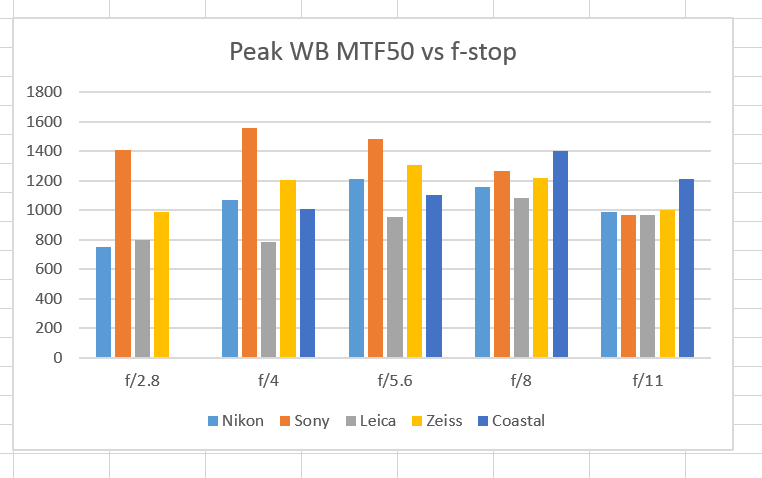I think your approach to photography is way too analytical, which probably hinders the other side (and most interesting) of photography: creativity.
I've seen several people say something like that, and I don't buy it at all. Besides AA -- who has already been brought up as a counterexample -- I, with a certain amount of immodesty, offer myself as such.
I think my analytical bent is well-known on this forum, so I won't go into it. To see my photography, look at these galleries:
https://www.kasson.com/gallery/
Notice that many of the series employ techniques and produce looks that are well outside the usual photographic gamut, and that these galleries push the envelope in different directions. You can decide for yourself if those galeries are evidence of creativity or not.
I am an amateur photographer, but I have enjoyed some success in exhibiting my work.
Before I get into what I consider to be the positive effects of analysis on creativity, I will acknowledge one negative consequence: time spent doing analytical work is not time spent making art. But setting that aside, I think that the two reinforce each other, at least in my case.
In the early 1990s, I attended a lecture by Fred Brooks (of
Mythical Man-Month fame), the title of which was something like "Design is Design". Fred compared the design process in many different disciplines, and found a lot of commonality. I find that designing a photograph can have a lot in common with designing an experiment, designing a house, or designing a computer system. I've done the second of those once, and the first and third many times over many years.
Knowledge gained and questions contemplated during creative photography teaches me what technical issues are important, and informs my testing. Knowledge gained during testing helps be be more efficient when I am trying to do creative photography. Knowing my equipment in detail means that I waste less time getting that equipment to produce the results I want. Even more directly, knowledge and computer routines developed for testing have proven useful to me in programming computers to manipulate photographs for artistic purposes.

Some of the ideas for the programs I wrote to produce this image came fro programs that I wrote to test cameras.

This is the result of knowledge gained during testing of the GFX 50S electronic shutter
Jim








